Man Utd Midfield Rebuild: Part 3 – Hybrid DM targets
If you missed the previous parst of this series, you can catch up on them here:
Rebuilding Man Utd’s Midfield: Part 1 – Profiles, tasks & gaps
Rebuilding Man Utd’s Midfield: Part 2 – Build up DM targets
In part 1, I defined the 6 broad tasks of a midfielder, scored the long-term 4 members of Manchester United on those tasks and created 2 player profiles based on the gaps that the club should target to create the ideal 6-man top team midfield – a Build up DM and a Hybrid DM. In part 2, I covered the Build up DM shortlist and 5 mini reports of the role. Today, I’ll do the same for Hybrid DMs and then end this series with a summary of the best combinations for Man Utd.
The Hybrid DM Shortlist
You know the drill by now. Without wasting time, here’s the Hybrid DM shortlist.

Lots of interesting names here. Now, which ones would I cover mini reports of?
- Wieffer and Fofana are high on the list and have been linked to us. I’ll be covering them.
- Stach is someone interesting who also has a low rumoured price.
- After this, I have subjectively picked 2 players whom I think make sense for a Hybrid DM role, but have scored low due to issues beyond their control. Morten Frendrup and Amadou Onana haven’t scored great, largely because Genoa and Everton haven’t been great, but I think they could be good for us.
Mats Wieffer, 25, Feyenoord

Career: A youth product of FC Twente, Weiffer made only one appearance for the main team before Excelsior picked him up on a free transfer in summer 2020 when the player was 21. What followed were two impressive years where Weiffer was the mainstay for Excelsior. This was convincing enough for Feyenood to buy him in summer 2022. Weiffer quickly achieved starter status in the 2022/23 season playing beside Kokcu in midfield. Recently, he has been playing with more progression duties in the 2023/24 season post Kokcu’s departure.
Pros:
- Progressive passing consistency and range
- Ground coverage and intensity
- In-possession movement IQ
- Decision-making and awareness
- Vertical carrying burst
- Aerial duels technique, reach and strength
- Ground duels physicality and doggedness
Cons:
- Limited back-to-goal play but safe
- Overly front-foot defending
- Reliance on upper body strength in duels, sometimes clumsy
- Limited carrying range and agility
In possession: Wieffer’s stand-out quality is his excellent forward-minded passing range and consistency. Whether it’s switches to a fullback, a pinged through ball to a winger, a punchy grounded ball to a striker or a chipped lob to put someone through on goal, Weiffer has the full range of progressive passing and constantly controls the game with good execution and timely decisions. He uses his body well for carrying in bursts, displaying better deftness and control than you would expect. The lack of top tier close control and body agility is visible when he’s back-to-goal in tight situations, but he often navigates it well with a first-time release to a wide player or a safe pass-back to the CB/GK. His overall game IQ is a defining feature, as he’s constantly in good positions in all three phases of play and keeps making inch-perfect decisions to help the team progress. He also has a decent goal threat with the odd well-struck goal from the edge of the box or dominating header from an attacking set piece. Reminds me of Rakitic in possession.
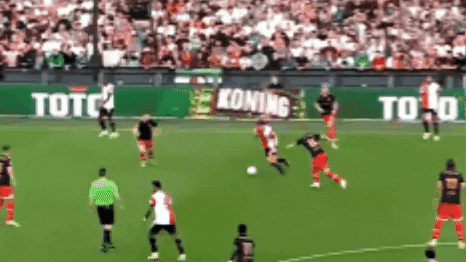
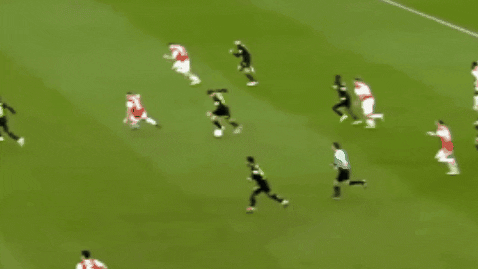
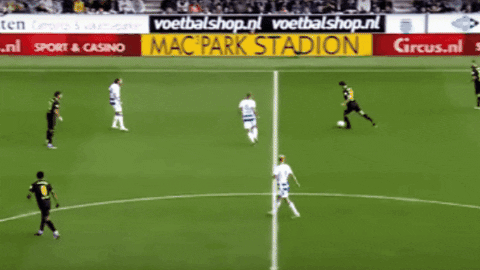
Out of possession: Wieffer is a dogged defender who’s constantly running, tackling and making a nuisance of himself in a game. There’s a good reason all his defensive stats in the pizza chart look so good. He boasts both quantity and quality of defensive actions, constantly getting in duels and coming out the winner. I do feel that he relies a bit too much on his upper body strength in ground duels. Often, it’s just a case of him using his hands and shoulders to barge someone or sliding on the ground to use his reach to win the ball. It does come across as clumsy at times and I do have a fear that with the step up to a league where dribblers are more physical and adept at turning, these tackles may turn into fouls. That lack of sheer top speed across the ground that he makes up with good strides and reach may prove a bit more costly in a superior league. He also strikes me as a very proactive defender. He’s a lot more comfortable stepping forward and winning the ball early, rather than shielding the back 4 with more positional composure even in the games he plays as the deepest player in midfield. Aerially, he’s as dominant as they come with a great mix of physicality, technique and timing always ensuring that he’s competitive. Reminds me of Fred out of possession.
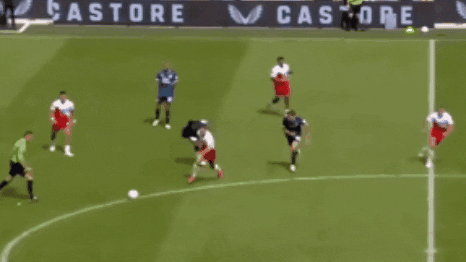

Verdict: Wieffer is exactly the hybrid DM profile we are looking for. Very competent as DM or CM and very able in all three phases in possession while being good at the defensive side of things. The few question marks I have about how his front-footedness, unclean tackling and press-resistance translate to a tougher league can be mitigated by coaching. Overall, this is a great player for the quoted price.
The Devil’s DNA Score: 8.5/10
Youssouf Fofana, 25, Monaco

Career: A Strasbourg youth product, Fofana was involved in the main team at the start of the 2018/19 season and occupied a rotational role in midfield for a year before establishing himself as a key starter in the following season. Monaco couldn’t wait for the season to get over and bought him in the winter window of 2019/20, following which Fofana took time to settle. But from 2020/21 onwards, Fofana has been a regular starter and is now on track to complete 4 years of 40+ appearances each for Monaco. With his current contract ending in 2025, it seems like the French international is open for a cut-price move in summer 2024.
Pros:
- Defensive range and workrate
- Physicality in ground duels
- Recovery pace and reach when tracking back
- Close control and carrying under pressure
- Verticality in possession
- Passing range, vision and technicality
Cons:
- Passing security and retention
- Heavy forward-mindedness in possession
- Odd ill-disciplined tackle especially when chasing dribblers
- Positional IQ and defensive awareness when sitting
In possession: Fofana is a very vertical player in possession and executes actions with immense technical quality and physical control. He’s a good progressive passer and I especially enjoy his through balls and quick ground passes to the attackers. But he can also pull off nice switches, crosses and lobs when required. His dribbling is also aggressively vertical, always trying to beat players with a mazey run through the middle before playing a game-advancing pass. What he isn’t is a retention focused player. Even when playing as the more defensive partner in a pivot, Fofana doesn’t exercise the composure and calm to circulate the ball and prioritize safety. He’s constantly in forward-thinking mode and this could be a reason why he’s always deployed in a pivot and rarely left alone as the deepest player. Reminds me of young Yaya Toure in possession.
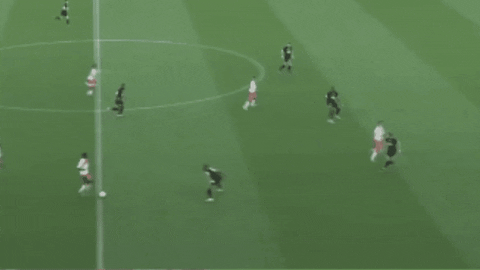
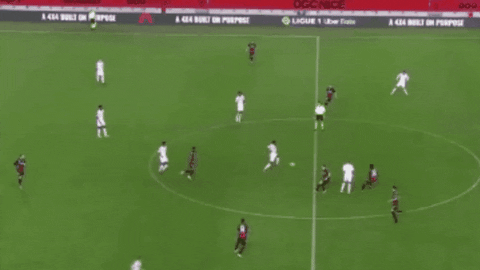
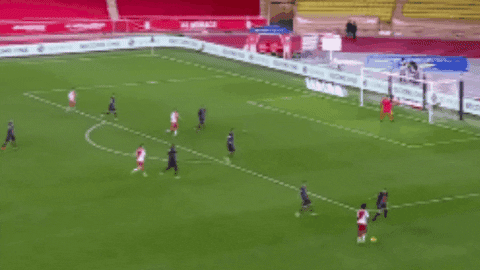
Out of possession: Again, a lot of the pros of Fofana in defence align very well with a proactive defensive midfielder who uses his physicality to win the ball. He has an excellent reverse-running engine on him, which means he often tracks back and tackles dribblers easily using his ground-coverage and reach. But this also means that at times he’s late and concedes a needless foul. 4 red cards and 23 yellow cards in the last 4 seasons at Monaco indicate that these moments, though not very regular, could pose a bigger question in the Premier league where teams use transitions more. I’m also not a big fan of his positional awareness and ability to sit and shield the defence in a composed manner. He’s far better as a proactive aggressor who can recover with his pace and coverage. Reminds me of Wataru Endo out of possession.

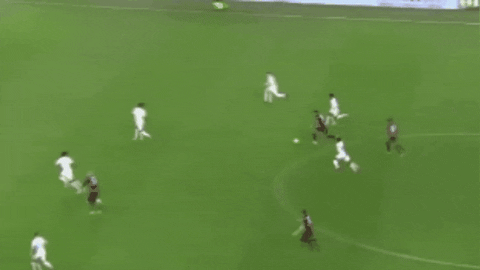
Verdict: Fofana feels like a player who would be better beside a sitter that allows him to progress vertically in possession and defend proactively out of possession with small acts of support in deeper areas when required like press-resistance carrying and recovery defending. In that sense, while he is a wonderful player, I think he’s far more tilted towards the #8 slot than the #6 one for our hybrid needs. Still, he’s a good option for his low price, especially if we constantly pair him with a #6 type who can cover for his gaps.
The Devil’s DNA Score: 7/10
Anton Stach, 26, Hoffenheim

Career: Stach has played for Werder Bremen until the B-youth. He joined the U19-team of VfL Osnabrück. His career began with SSV Jeddeloh from Regionalliga Nord, the fourth-highest level in Germany.and later VfL Wolfsburg’s second team in the same division. His big break came in 2021, when he joined Mainz 05. He impressed for Mainz for 2 full seasons. In 2023, Stach signed a four-year contract with TSG Hoffenheim, whom he has been a mainstay for this season.
Pros:
- Ground coverage and span
- Defending intensity and engagement
- Clean and consistent ball-winning technique
- Aerially dominant and reliable
- Strong switch and long ball to aid wide progression
- Strong vertical carrying with long strides and deft touches
- Very two-footed
- Constant engine capable of two-way running
- High positional IQ and defensive awareness in deeper areas
Cons:
- Passing range and execution attempts
- Retention and circulation ability
- Back-to-goal comfort and build up sense
- Involvement in build up to show, receive and progress consistently
In possession: What is immediately noticeable is Anton’s excellent switch ball or long ball that his team utilizes to constantly progress. Capable of executing in 1 or 2 touches with either feet, Stach pings good balls to his fullbacks or wingers and also has the odd vertical progressive ball to find attackers. But that aside, his passing variety is a little low and he doesn’t try things that he isn’t sure of. He isn’t a natural controller who handles high pass volumes, prioritizes retention and circulation and moves to receive the ball constantly from teammates. He does display the ability to drop into the back 3 or pull away to a wing to help progress but these are one-off patterns rather than constant movements to be involved. He avoids back-to-goal situations and usually relies on his good first-touch passing to navigate under-pressure situations. He has deceptive ball control for his lanky physique and is able to display vertical carrying bursts while using his upper body strength to keep markers away. But this doesn’t happen regularly or with more variety than described. Very similar to peak Casemiro in possession.
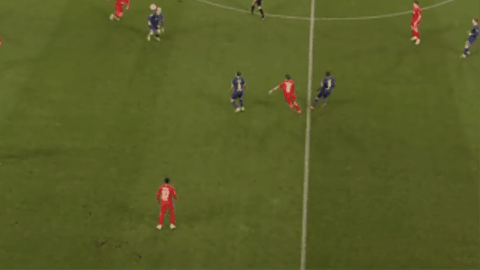
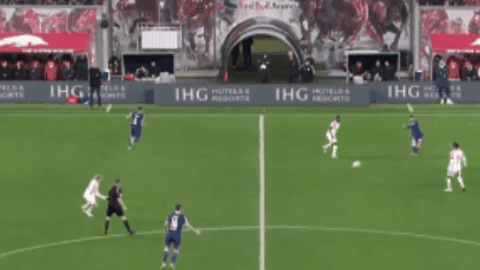
Out of possession: Defensively, Anton shines much brighter. He has a unique combination of a tall lanky physique, a strong well-built frame and an acute sense of timing and awareness that combined make him a very strong dueller, ball-winner and defensive fulcrum of the side. Often left as the lone pivot when his team attacks, Anton deals with transitions regularly and comes out on top, showcasing great ground-coverage thanks to his long strides and deceptive agility. He’s also a very clean tackler, constantly winning ground duels with minimal effort thanks to his good awareness and smart usage of body. He also showcases very smart positioning to shield the defence, intercept opponent passes and mop up loose balls in dangerous areas consistently. Aerially, he’s close to unbeatable, thanks to his strong jump, upper body usage and heading technique. He’s also got an excellent engine on him, covering large distances with a mix of jogs and sprints, which ensures he’s always present when running both ways of the pitch and can do so until the end of games and for many games in a row. Feels like Claude Makelele out of possession.
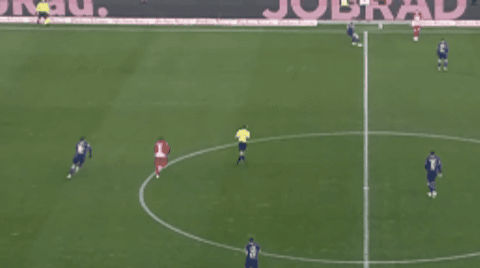
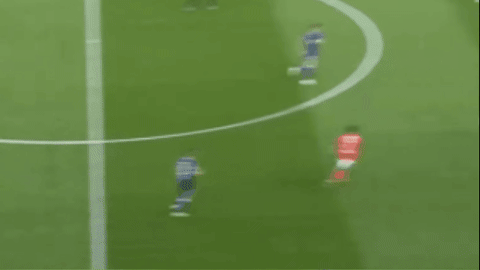
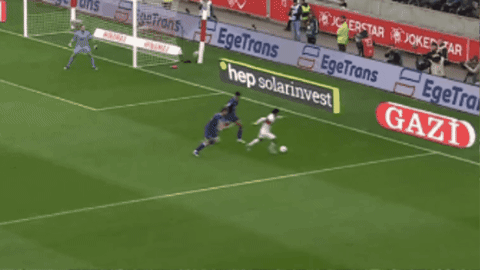
Verdict: Anton is defensively everything we need in our DM, boasting a great combination of physical and technical traits to be an elite level dueller and ball-winner. In possession, while he has an eye-catching game-advancing pass, he might need a partner who handles more of the first phase work of build up, pass security and circulation. Those are the reasons I cut marks, but with the right pairing, this is a very good option, especially if the price isn’t high.
The Devil’s DNA Score: 7.5/10
Morten Frendrup, 23, Genoa

Career: The Brøndby youth product broke into the main team at just the age of 16 in 2018, becoming the youngest senior debutant for the club. After 1.5 years of backup apps and learning from the first team, he started playing regularly in the 2019/20 season. What followed was 2.5 impressive years which many clubs in Europe noticed. Genoa completed a winter window deal in 2022 for €3.5m. Since then Morten has been a regular starter and racked up 76 appearances for Genoa in 2.5 years. At the age of 23, with a lot of potential to fulfill, a move to a bigger club appears close.
Pros:
- Combative, energetic and intense dueling
- Agility and speed across ground to cover space quickly
- Close control and mobility to get out of tight situations with ball
- Vertical burst carrying into space when available with good success
- Positioning and awareness to intercept, block and shield defence – constant scanning
- Front-footed pressing and opponent disruption when higher up
- Movement to wide/deep areas to show himself or open lanes for others
- Punchy grounded progressive pass to advance game quickly
- Final ball IQ – cutback, through ball or 1-touch release into space
- Offensive runs into box or in wide areas where space is available
Cons:
- Low passing range – lacks switches, lobs, chips
- One-footed and doesn’t use outside foot either – limits passing angles
- Smaller frame means sometimes he gets bullied especially in air but usually makes up
- At times carries too much or holds on to ball instead of passing
- Not a natural tempo control playmaker – more quick-release or carry-first intent
In possession: Playing for Genoa means Frendrup doesn’t get on the ball much and when he does it’s often a forward-minded counter-enabling action. And he’s great at those. His go-to moves are a crisp, well-directioned grounded pass to his attacker or a strong vertical dribble to get out of pressure as he searches for an option to pass to. And he’s great at both. He’s press-resistant enough to use smart close control to escape markers, his favorite move being the Iniesta-special La Croqueta. I do think his scope for good retention and circulation passes is good and will be seen more in a team that keeps the ball more. He’s a great mover when his team has the ball whether it’s dropping deep to show for the ball, moving wide to receive on wings or making offensive runs into the box in the final phase. He has an underrated final ball which usually occurs as a cutback from the right half-space or punchy through ball from central areas. This is reflected by his 5 assists this year. Some issues include having a low passing range and variety due to being one-footed and not attempting any switches or lobs. This makes a right-sided role more ideal. He also doesn’t seem like a pausa player, often thinking of a carry or quick pass first, but this could be influenced by team tactics too. Feels like Gavi in possession.


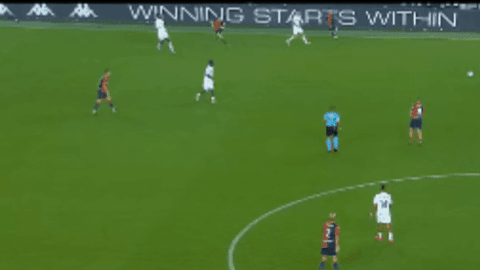
Out of possession: He looks even better out of possession. His dogged intensity combined with his speed on the ground make him a very tough customer to get past. He’s in your face in seconds and then has the physicality and technique to win duels and help his team counter. Without the ball, he is constantly scanning his surroundings and expertly plugging gaps, helping teammates and being in the right place at the right time. This combo of defensive IQ and energy is the reason he racks up a lot of defensive stats with good success. He’s as good as a high pressing 8 as he is as the lone sitter. Even when he isn’t actively winning the ball, his marshaling of space and step-ups to pressure the ball carrier disrupt the opposition move. His frame means that there are times when he is simply outmuscled especially in the air but largely speaking he uses his energy, physicality and timing to make such situations rare. Feels like Roy Keane out of possession.
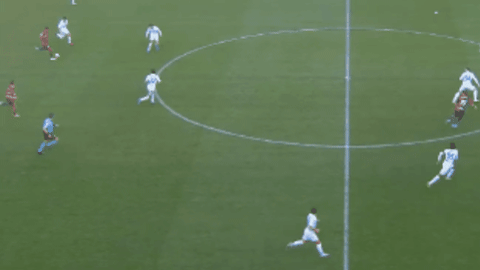

Verdict: Frendrup is a classic case of the stats looking mid for a player who plays in a weak team. His in-possession metrics are simply a result of him getting on the ball very less. But when he does get on the ball, his progression, control and ability to advance the game reliably is clear, while his movement when his team has the ball is excellent too. Without the ball, he is close to elite, capable of playing as a high-pressing ball-winner as well as positionally good shielding sitter equally well.
The Devil’s DNA Score: 8/10
Amadou Onana, 23, Everton

Career: A Hoffenheim youth product, Onana joined Hamburger in mid-2020 and played close to every game for the side until Lille picked him up in summer 2021. A great season for Lille was enough for Everton to pay £33m including add-ons in August 2022. His development has only continued at the Premier League club and is now attracting the eyes of Europe’s best clubs.
Pros:
- Ground-coverage due to athleticism and strides
- Physicality and application in ground duels
- Aerial domination thanks to physique and jumping power
- Forward-minded passing – through balls, switches, cutbacks
- Close control to wriggle out of man-marked pressure
- Verticality in passing and carrying to drive team into opponent half
- Ball-striking technique when passing or shooting
- Set piece threat in attacking set pieces especially corners
Cons:
- Overzealous in the tackle, often sliding to ground or lunging
- Defensive awareness and positioning leading to marking mistakes
- Tendency to press higher and rely on pace and reach to recover
- Avoids back-to-goal reception and involvement in first phase
- Positioning in possession to free himself or open lanes
In possession: Onana’s in-possession game is very underrated. He has excellent technique which combined with his mental and physical traits, make him a very skilled and consistent passer and carrier. He has a very good progressive pass in him, often belting out a perfectly executed switch, cross-pass or through ball. His close control and carrying are also very intricate for his frame and he often unleashes a dribble burst through the middle of the park in transition. Whether it’s passing or carrying, Onana is elite in the 2nd phase progression actions of getting his team from their third to the opponent third – an amazing midfield linker. He does have some gaps in deeper areas. I have concerns over his positioning and awareness when his team has the ball. Onana often doesn’t free himself up or think in advance and relies heavily on his ability to receive under pressure and power his way out instead. He also avoids first reception duties from the GK/CB on the few occasions he plays as the deepest player, but some part of this could be tactical. Feels like peak Arturo Vidal in possession.
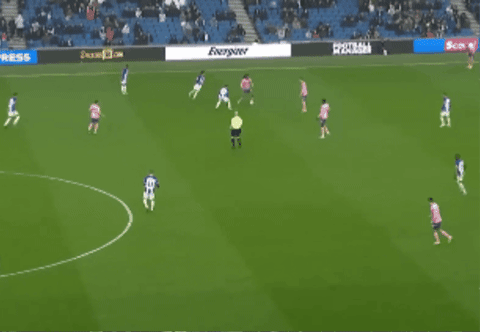
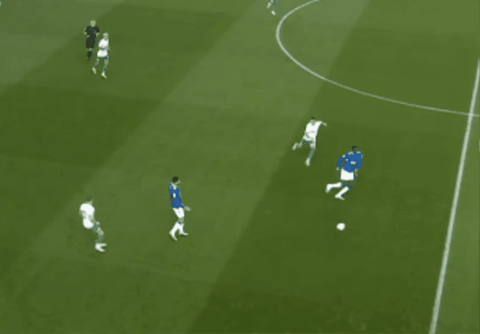
Out of possession: Onana is very good as a proactive defender. He presses and tackles early and always comes out on top in duels. He has enough physicality and technicality to win duels without being clumsy. His ground-covering is probably his best trait. An engine like his combined with body span means he’s always a few large steps away from stopping a dribber or thwarting a transition. Aerially, he is one of the most dominant players in the league. At both ends, he has impact in the boxes and has picked up some goals from attacking corners and regularly clears danger from his box as well. One issue I found with his tackling is his propensity to go to ground. He does slide or lunge a bit too easily and while it’s not a big issue since he wins the ball most of the time, on the rare occasions he doesn’t, he’s left on the floor bypassed. I also think he needs to improve his awareness and positioning. He’s often roaming in no man’s land and missing runs or players. Again, it rarely leads to anything because once he notices it, he recovers with great speed and long strides to make up. But that consistent habit of pushing up or roaming from his position and then relying on recovery pace to tackle from behind (often a sliding tackle) doesn’t bode well for a lone pivot role. Feels like Declan Rice in defence.
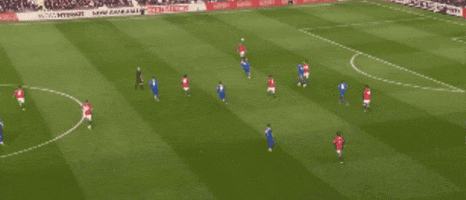
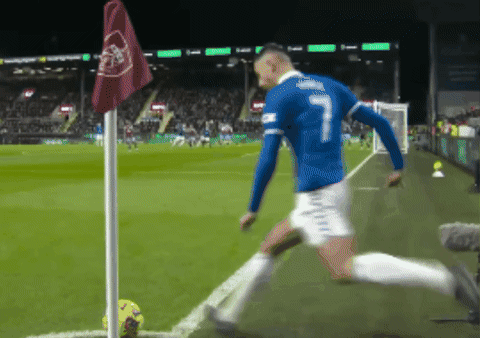
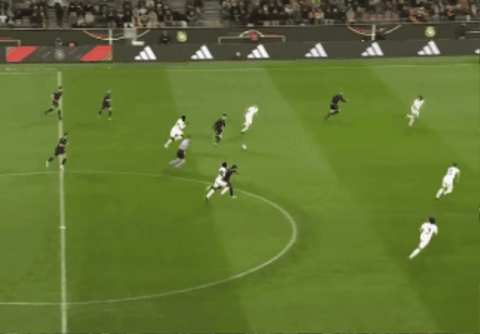
Verdict: I think Onana is much better in possession than his pizza stats or Everton’s tactics suggest, while he isn’t as elite in defence as many imagine. In both cases, I think he has gaps in deeper areas that throw doubt on his reliability as a lone 6. The good news is that a lot of it seems mental or habit related which means that it can be coached when he moves to a top team. The physical and technical traits are all there, so the gaps should be coverable. I’m cutting 2 marks for the need for this development.
The Devil’s DNA Score: 8/10
Completing the elite midfield set of 6 players
Okay, that was a lot of scouting and reporting. Now, let’s get to the real reason we did all this – finalizing the two DMs that complete our elite set of 6. Firstly, let me summarize my scouting thus far in this series in one snapshot:

Neves and Boloca bowled me over among the build up DMs while Onana and Wieffer stood clear among the hybrid ones. With the idea of Man United only deserving the best, I’m going to stick to these 4 for now.
There are 2 main logical arguments to decide the final pair:
- Budget: Let’s face it. None of us really know what budgets INEOS will operate with and how much of that will be spent on two midfielders. As a result, what I’m going to do is split my suggestions in three tiers depending on the budget United are willing to spend to mix their midfield issues.
- Combinations: Although the larger logic of Build up and Hybrid DMs and how they fit with United’s midfielders remains, within these options, there are some synergies that might pan out better than others. For eg. Even though I back Neves’ ability as a shielder and dueller, having some height besides Mainoo and Neves might be a smart idea to cover for all situations and opposition.
With this, let me reveal my 3-tier solution for Manchester United’s DMs. Here goes:
Gold tier option: Joao Neves and Amadou Onana for €170m


This is clearly the ‘splash the cash’ option. If we decide to go big to obtain the 2 best DMs in the market that cover all traits in deep midfield and promise high ability and potential, then Neves + Onana is the best possible option. Neves brings the build up control, playmaking and defensive awareness that Onana lacks and Onana brings the aerial dominance that Neves lacks while together they guarantee elite vertical progression, defending intensity, ground-coverage and carrying power that United’s midfield lacks. I can see both play beside Mainoo and Mount regularly while also playing together at times. This pair would solve our midfield gaps for a long time.
Silver tier option: Daniel Boloca and Amadou Onana for €120m


I was a bit more willing to cut Neves as an option since I find it hard to convince myself that Man United should be spending anything close to €100m for a single player at this stage of the rebuild. But keeping Amadou in, the build up DM I scored almost as good as Neves is Boloca and I think he makes a fine pairing with Amadou as well. What Boloca lacks in physical traits, intensity and aerial prowess, Amadou has, while Boloca can more than make up for the 1st phase excellence, playmaking power and passing range that Amadou lacks. It’s a very complimentary pair that fits with the existing players as well.
Bronze tier option: Daniel Boloca and Mats Wieffer for €80m


Last but not least, as a club, if we move towards an era where we only want to pick smart value young options for <€50m (a transfer strategy I wouldn’t mind at all) then there still exists a combination that ticks all the boxes while leaving us with ample room to bolster other squad gaps as well. Wieffer is almost as good as Onana in bringing the defensive intensity, duel prowess and advanced progression that would be a great foil to Boloca’s deep-lying playmaker abilities. It would be a great signal of the smart business that has eluded Man Utd for a decade if 2 high ceiling DMs are closed within €100m.
And that’s all I had folks. I hope you enjoyed this series. I feel that my decision to split this into 3 parts instead of stuffing everything in one has allowed us to dive deeper into the reports and discuss a lot of things about what goes into midfield scouting. Hope the added time and energy made this as enjoyable to you as it was for me. Let me know on twitter of your thoughts on this series and any future suggestions for articles.
Previous parts:
Part 1 – Profiles, tasks & gaps
Part 2 – Build up DM targets
If you’re here from any other place other than Twitter then follow me on @TheDevilsDNA and interact with me there.
(All stats from Opta via fbref.)




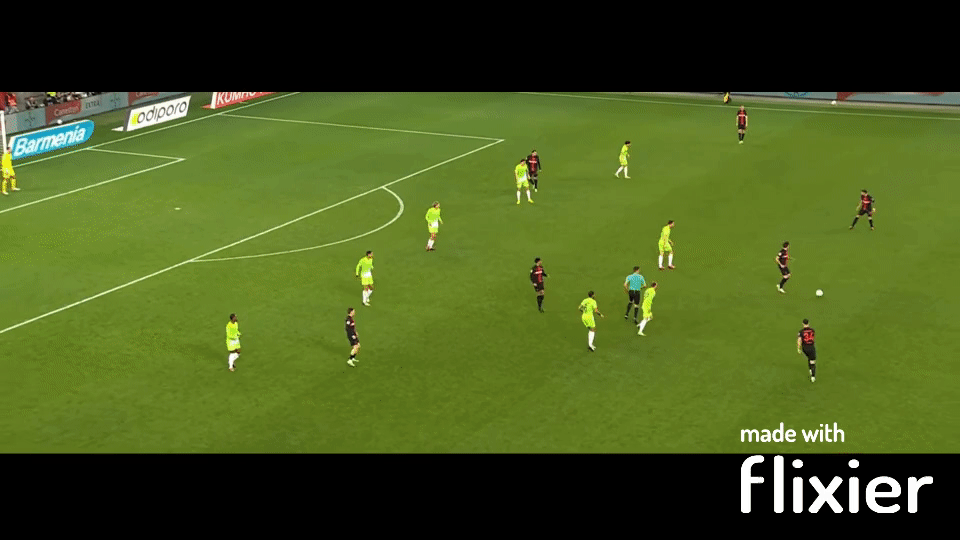
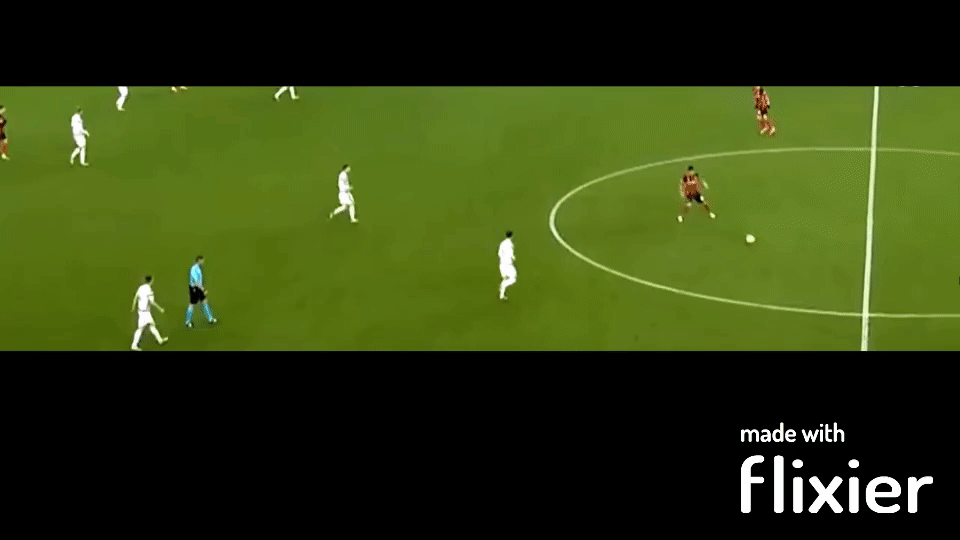







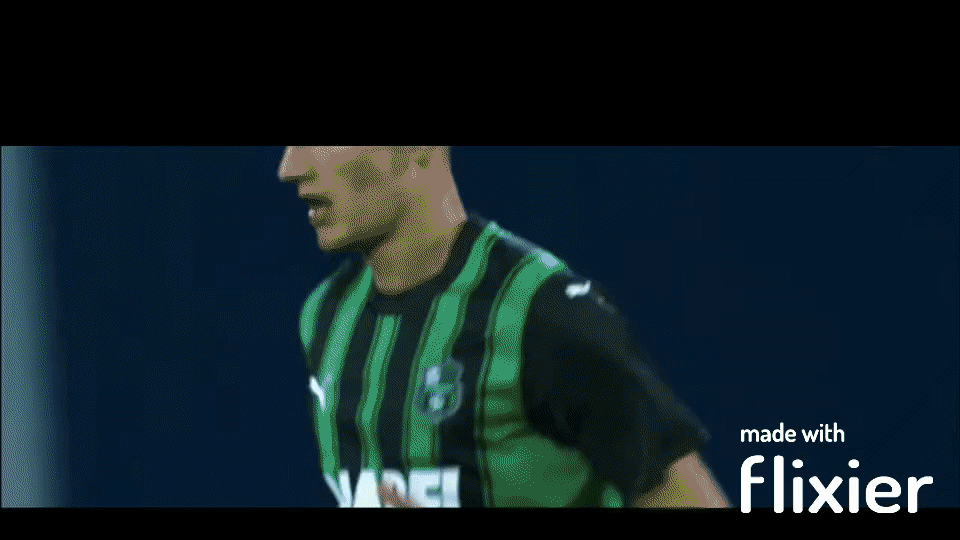







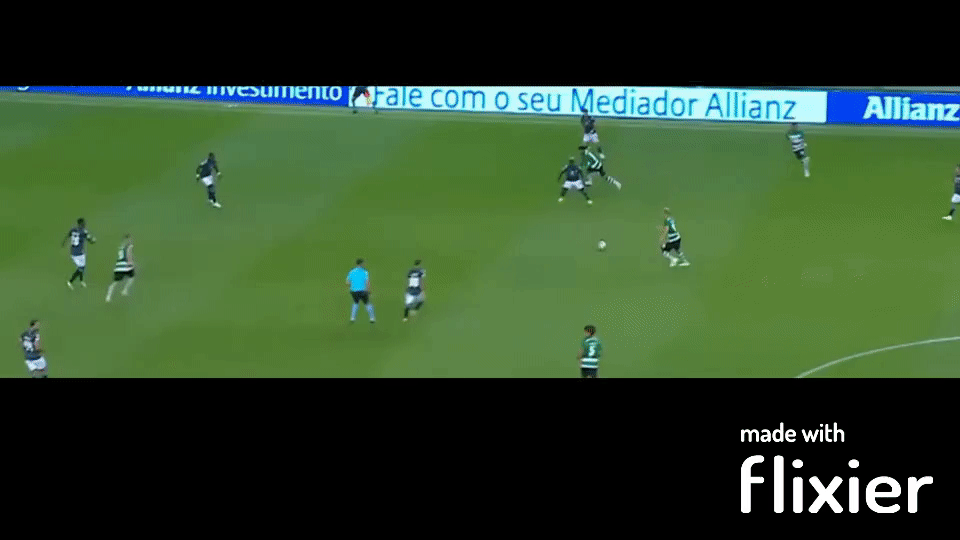
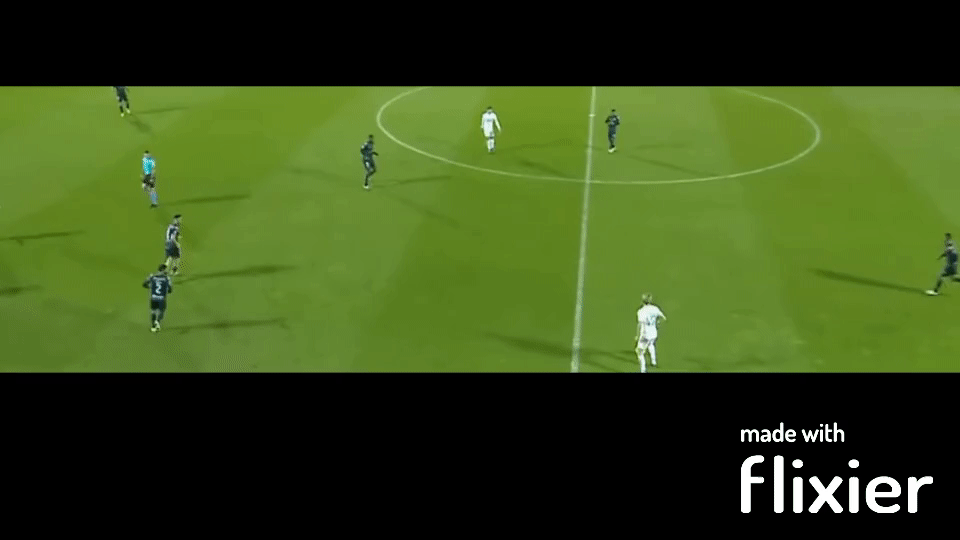
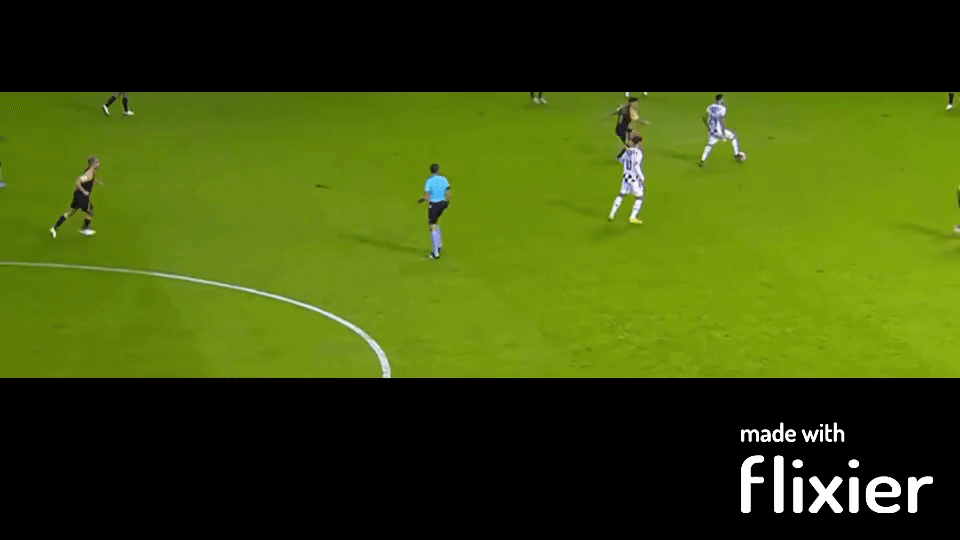
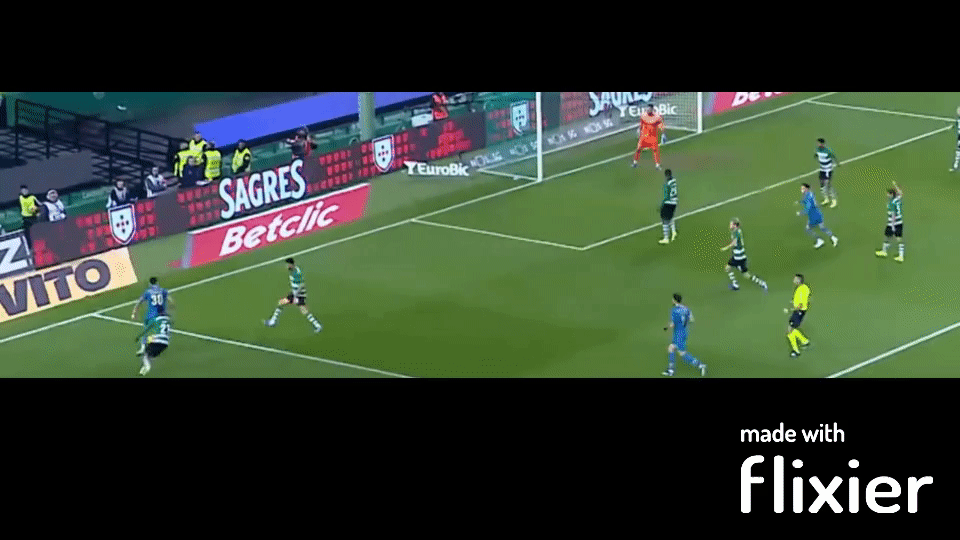
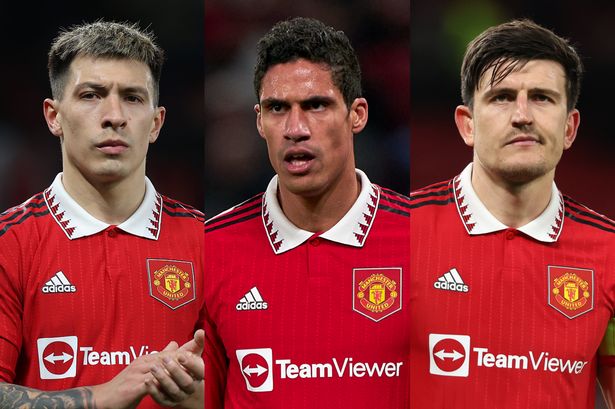
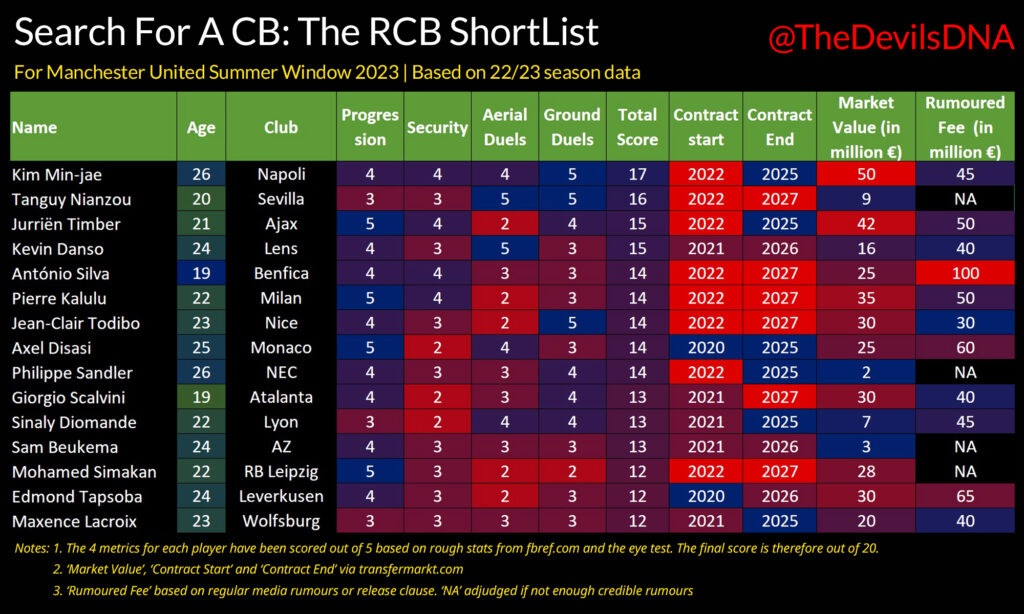


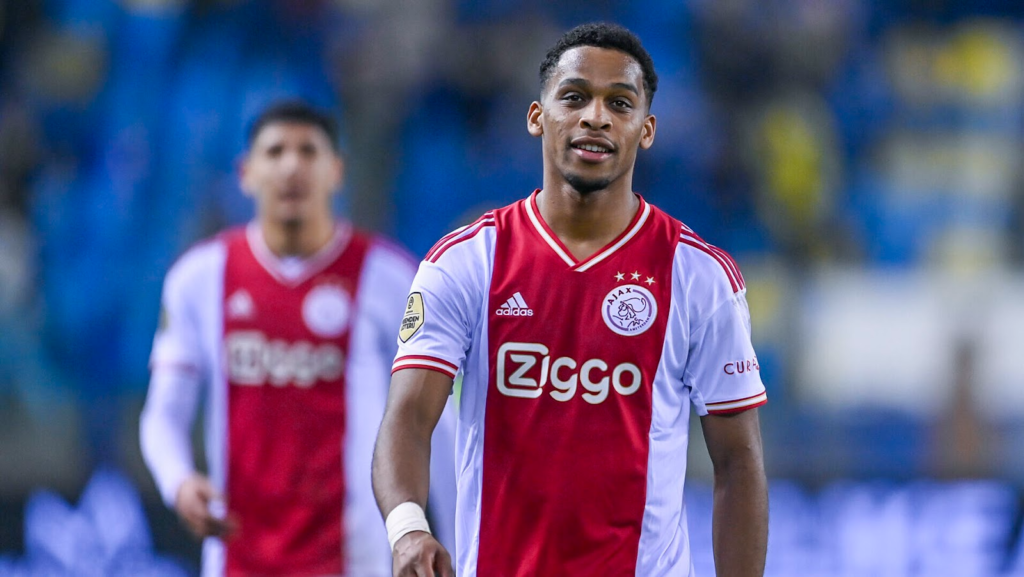

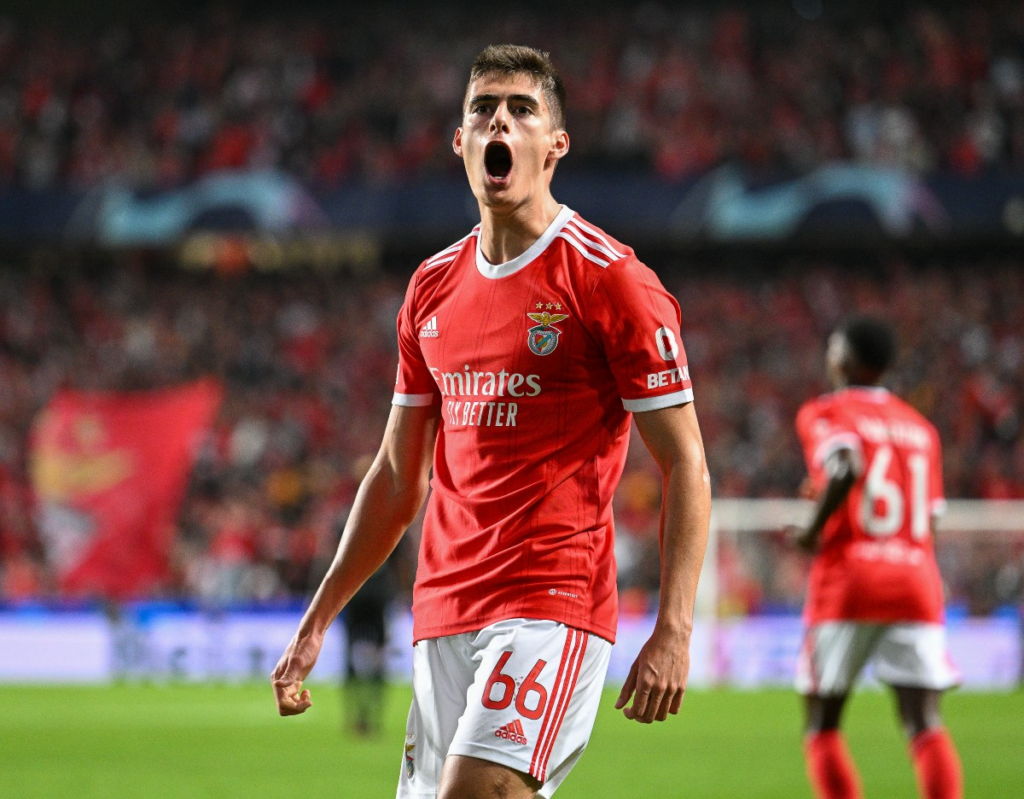

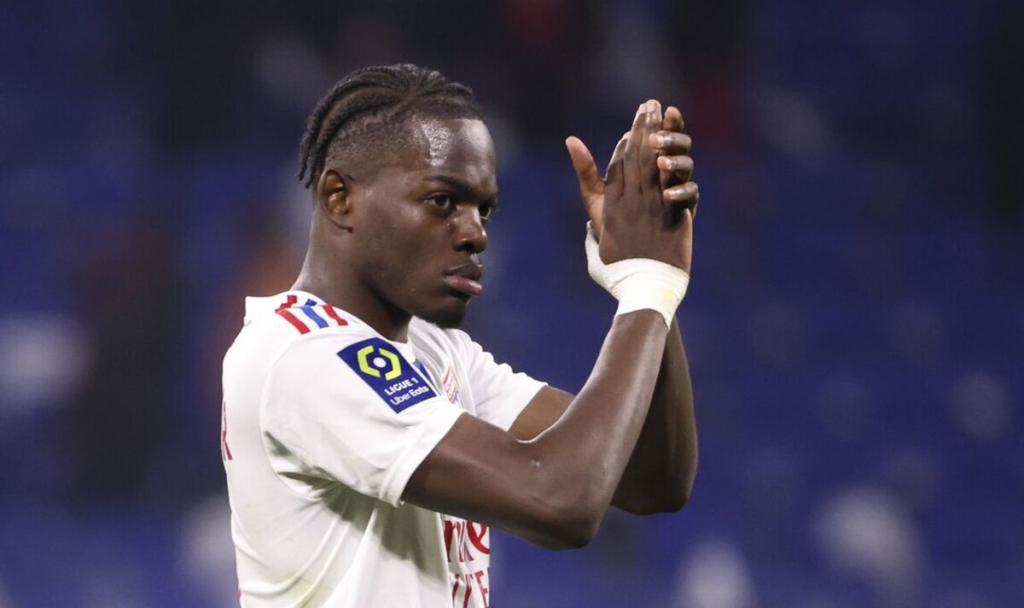

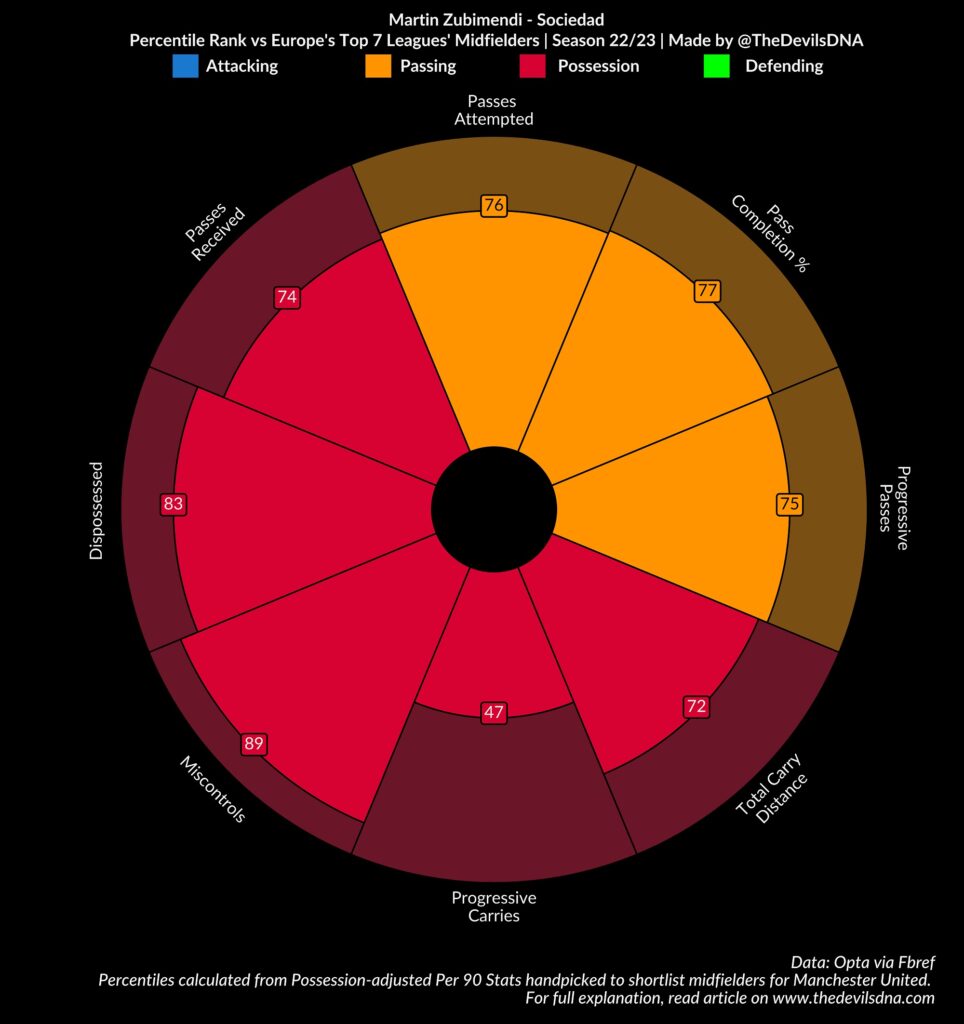

Recent Comments